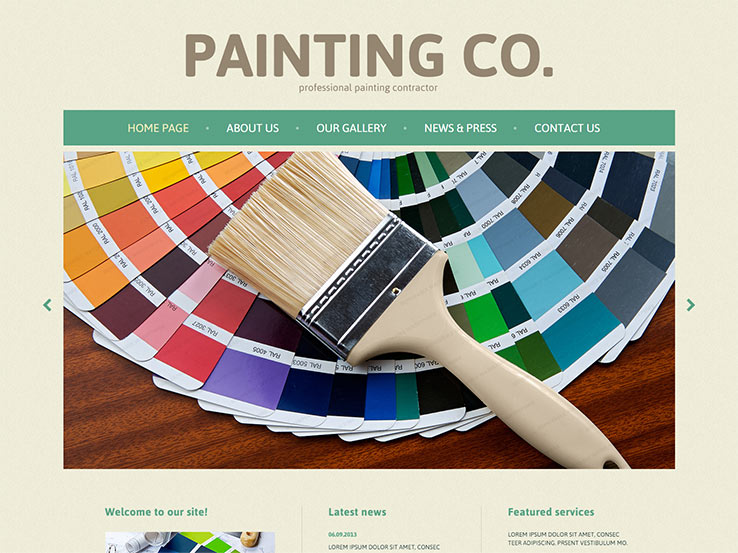Variables To Take Into Consideration For Industrial Outside Painting By Season: Important Details You Need To Have
Variables To Take Into Consideration For Industrial Outside Painting By Season: Important Details You Need To Have
Blog Article
Created By-Korsholm Celik
When you're intending an industrial exterior painting task, seasonal aspects can make or break your results. You'll want to think about how temperature and humidity impact paint application and drying times. Picking the appropriate season can ensure your paint sticks effectively and lasts much longer. Yet which periods are genuinely the very best for this sort of job? Allow's discover the key elements that can impact your task's success.
The Influence of Temperature on Paint Application
When you're intending a commercial exterior paint job, the temperature level can substantially affect how well the paint sticks and dries.
Preferably, you wish to paint when temperature levels vary in between 50 ° F and 85 ° F. If it's also chilly, the paint might not cure properly, resulting in concerns like peeling off or splitting.
On the flip side, if it's too warm, the paint can dry out too swiftly, protecting against correct attachment and resulting in an irregular surface.
You ought to additionally take into consideration the time of day; early morning or late afternoon uses cooler temperatures, which can be much more positive.
Always examine the producer's suggestions for the details paint you're making use of, as they frequently offer support on the optimal temperature array for optimum results.
Moisture and Its Effect on Drying Times
Temperature level isn't the only ecological element that influences your commercial external painting job; moisture plays a substantial role too. High moisture degrees can reduce drying out times significantly, affecting the total quality of your paint work.
When the air is saturated with dampness, the paint takes longer to heal, which can cause problems like inadequate bond and a higher risk of mildew growth. If you're repainting on a particularly damp day, be prepared for prolonged wait times in between coats.
It's important to monitor local climate condition and strategy as necessary. Ideally, aim for moisture levels in between 40% and 70% for optimal drying.
Maintaining these factors in mind ensures your project remains on track and supplies a long lasting surface.
Best Seasons for Commercial Outside Painting Projects
What's the best time of year for your commercial outside paint tasks?
Spring and early fall are typically your best bets. Throughout these seasons, temperatures are light, and humidity degrees are frequently reduced, developing ideal problems for paint application and drying.
Avoid summer season's intense heat, which can create paint to dry too quickly, leading to bad attachment and surface. In https://smalljobpaintersnearme39371.yomoblog.com/41711282/choosing-the-appropriate-painting-company-can-considerably-boost-your-environment-discover-the-key-suggestions-that-will-help-you-make-the-optimum-choice-for-your-job , winter's chilly temperatures can hinder proper drying and curing, running the risk of the long life of your paint work.
Aim for days with temperatures between 50 ° F and 85 ° F for optimal results. Bear in mind to inspect the local weather prediction for rainfall, as damp conditions can destroy your task.
Planning around these variables guarantees your paint project runs efficiently and lasts much longer.
Conclusion
In conclusion, planning your industrial exterior paint projects around seasonal factors to consider can make a significant distinction in the end result. By organizing https://www.offalyindependent.ie/2023/04/17/charleville-castle-painting-returns-to-original-home/ during the perfect temperature levels and humidity levels, you'll guarantee better adhesion and drying out times. Remember to watch on regional weather report and choose the right time of year-- springtime and very early fall are your best choices. Taking these actions will assist you attain a sturdy and expert finish that lasts.
